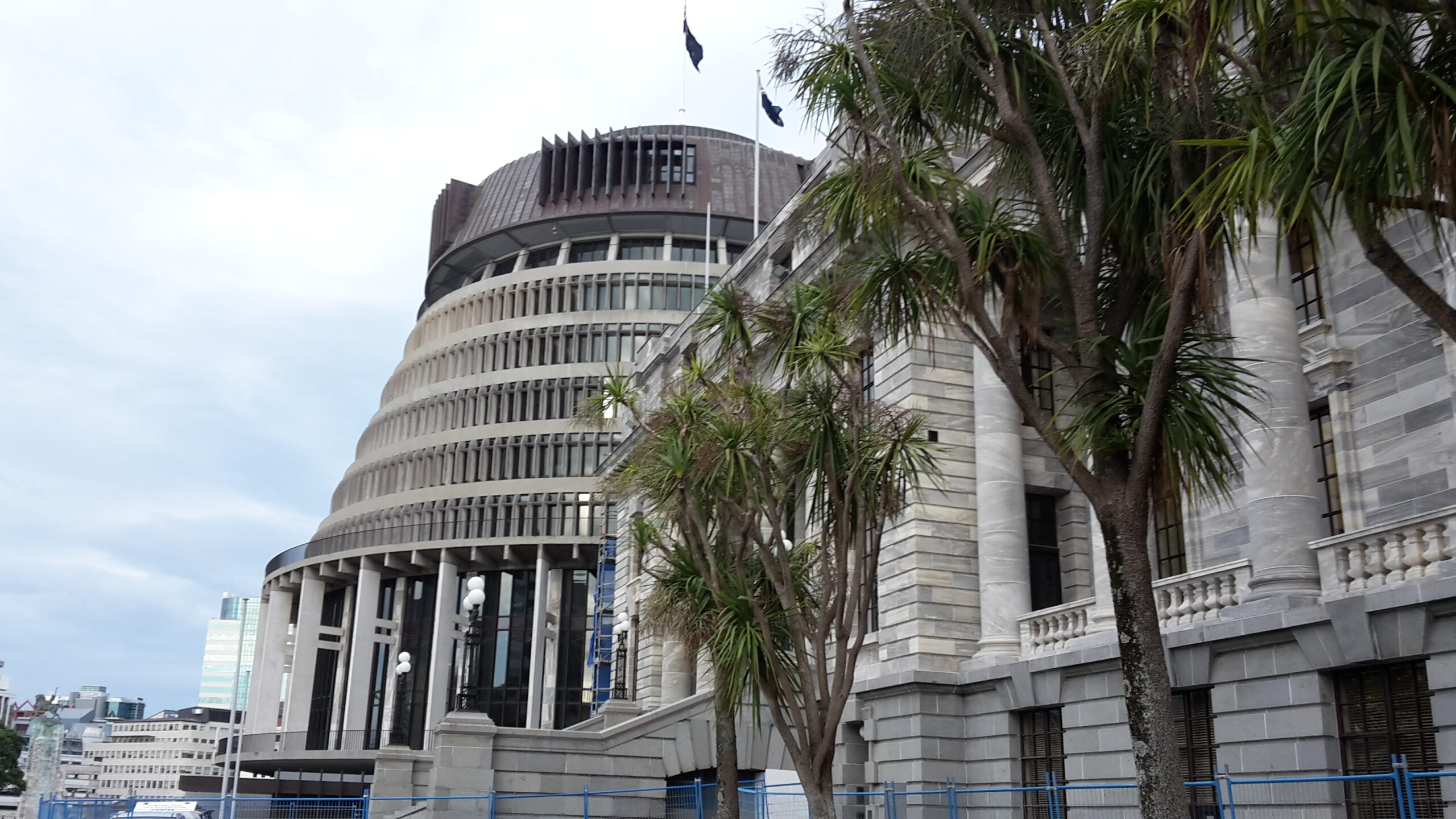
Ōtautahi – Te Whanganui-a-Tara is the most expensive city to fill up on petrol, according to the Commerce Commission’s latest fuel monitoring report.
It shows $10 billion fuel market is not even and the report puts a spotlight on the capital with prices in Wellington, Porirua and Lower Hutt the highest across Regular 91, Premium and Diesel.
The report for the three months ended 30 September 2022, shows Ōtautahi and Tauranga had the lowest average fuel prices with motorists in Christchurch getting the best bang for buck for petrol, and in Tauranga for diesel.
Auckland had the largest price variation between its most expensive and least expensive site. Prices varied by 22 cents per litre for Regular 91, 29 cents for Premium 95 and 98, and 31 cents for Diesel.
This demonstrates the benefit from shopping around, there may be a 20-30 cent difference in what you pay at one station compared with another down the road, and that’s a discount worth having.
The commission’s calculation for average consumers in Auckland shows that they could save up to $264 for Regular 91 in a year, or up to $348 for Premium if they actively compare prices between their nearby stations.
The range of prices in cities mean consumers may benefit from using fuel price comparison sites, such as Gaspy, to find the lowest prices close to them.
Spending on petrol and diesel accounts for around 4.6 percent of the average annual New Zealand household expenditure and at a time where people are experiencing a cost-of-living crisis, even a small reduction price for fuel can help.
The commission is now gathering further information on the difference in pricing in the regions to better understand market dynamics.
Global and domestic fuel markets continued to be volatile within the quarter, with prices falling from their June 2022 peak.
Importer costs dropped faster than retail prices in July and drove a three-week spike in average importer margins, the difference between retail prices and the cost of bringing fuel into New Zealand. Margins increased 61.9 percent higher for diesel and 63.6 percent higher for Regular 91.

